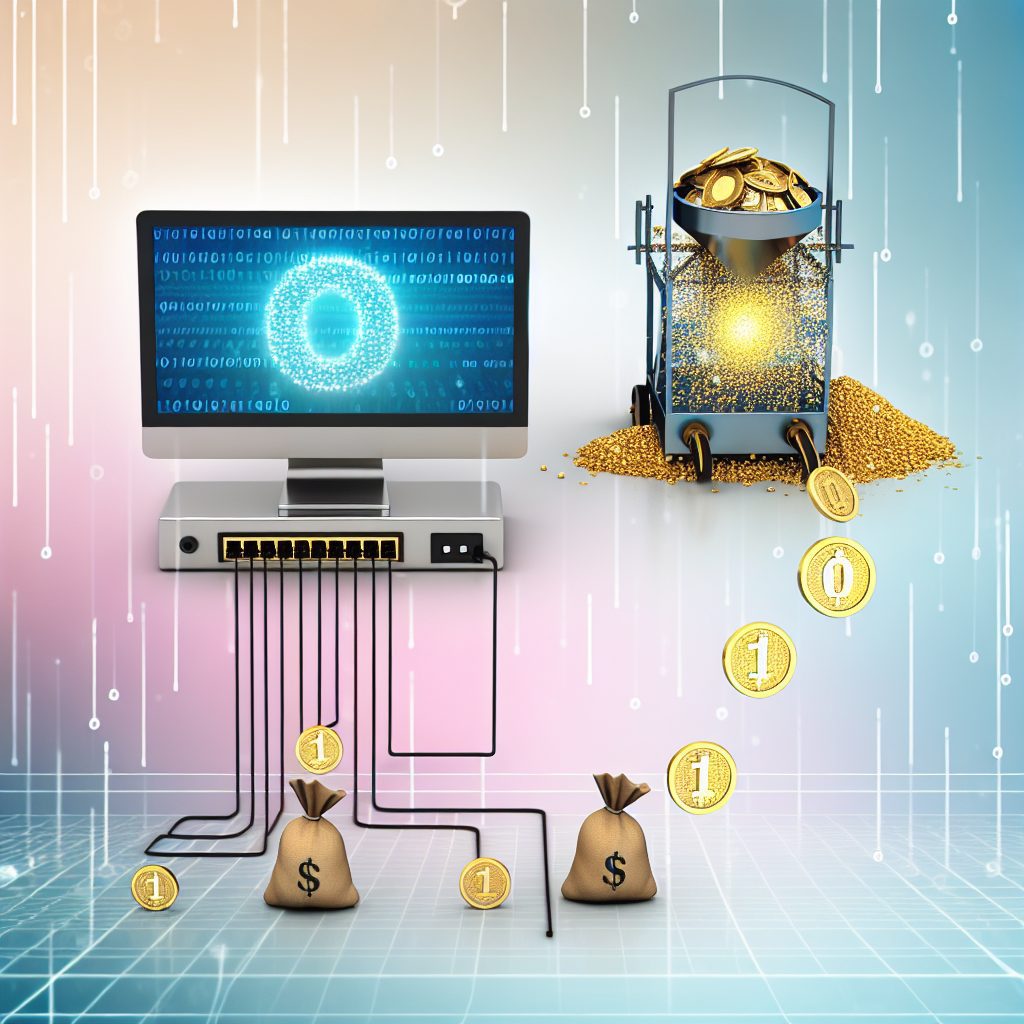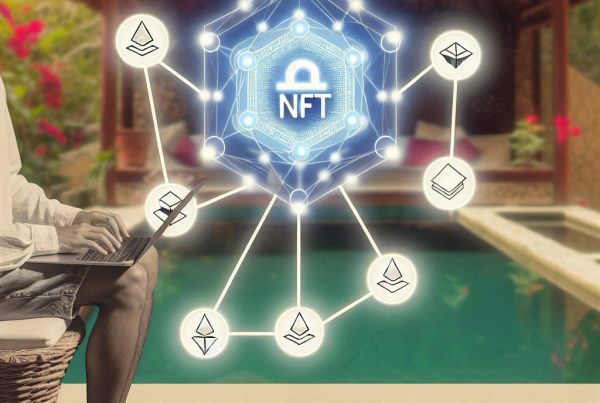How Crypto Mining Actually Works
In the world of cryptocurrency, mining plays a crucial role in maintaining the integrity and security of blockchain networks. This process not only validates transactions but also introduces new coins into circulation. Understanding how crypto mining works is essential for anyone interested in the cryptocurrency industry, whether you’re a seasoned investor or a curious newcomer.
What is Crypto Mining?
Crypto mining is the process by which transactions are verified and added to the public ledger, known as the blockchain. Miners use powerful computers to solve complex mathematical problems that validate transactions. Once a problem is solved, the miner adds a new block of transactions to the blockchain and is rewarded with cryptocurrency.
How Does Crypto Mining Work?
The mining process involves several key components:
- Blockchain Technology: A decentralized ledger that records all transactions across a network of computers.
- Proof of Work (PoW): A consensus mechanism that requires miners to solve cryptographic puzzles to validate transactions.
- Mining Hardware: Specialized equipment, such as ASICs (Application-Specific Integrated Circuits) or GPUs (Graphics Processing Units), used to perform the calculations needed for mining.
- Mining Pools: Groups of miners who combine their computational power to increase their chances of solving a block and sharing the rewards.
The Mining Process Explained
The mining process can be broken down into several steps:
1. Transaction Initiation
When a user initiates a transaction, it is broadcasted to the network. This transaction includes details such as the sender’s and receiver’s wallet addresses and the amount being transferred.
2. Transaction Verification
Miners collect these transactions and verify their authenticity. This involves checking that the sender has sufficient funds and that the transaction follows the network’s rules.

3. Block Creation
Once verified, transactions are grouped together into a block. Each block contains a unique hash, a timestamp, and a reference to the previous block, creating a chain of blocks.
4. Solving the Cryptographic Puzzle
Miners compete to solve a complex mathematical problem associated with the block. This problem is designed to be difficult to solve but easy to verify once solved. The first miner to solve the puzzle broadcasts their solution to the network.
5. Block Addition to the Blockchain
If the solution is verified by other miners, the new block is added to the blockchain. This process ensures that all transactions are recorded in a secure and immutable manner.
6. Reward Distribution
The miner who successfully adds the block to the blockchain receives a reward, typically in the form of newly minted cryptocurrency and transaction fees from the transactions included in the block.
Types of Mining
There are several types of mining methods used in the cryptocurrency industry:
- Solo Mining: An individual miner works independently to solve blocks. This method requires significant computational power and resources.
- Pool Mining: Miners join forces in a mining pool to increase their chances of earning rewards. The rewards are distributed among participants based on their contributed computational power.
- Cloud Mining: Users rent mining power from a third-party provider, allowing them to mine without owning hardware. This method can be more accessible for beginners.
- GPU Mining: Miners use graphics processing units to mine cryptocurrencies. This method is popular for coins that are resistant to ASIC mining.
- ASIC Mining: Miners use specialized hardware designed specifically for mining certain cryptocurrencies, offering higher efficiency and performance.
The Economics of Mining
The profitability of mining depends on several factors:
- Electricity Costs: Mining consumes a significant amount of energy. Miners must consider electricity costs when calculating profitability.
- Hardware Costs: The initial investment in mining hardware can be substantial. Miners need to choose equipment that balances cost and performance.
- Cryptocurrency Prices: The value of the cryptocurrency being mined directly impacts profitability. Higher prices can lead to increased mining activity.
- Network Difficulty: As more miners join the network, the difficulty of solving blocks increases, which can affect the time and resources needed to mine successfully.
Environmental Impact of Crypto Mining
The environmental impact of crypto mining has become a significant concern. The energy consumption associated with mining operations has raised questions about sustainability. Some cryptocurrencies are exploring alternative consensus mechanisms, such as Proof of Stake (PoS), which require less energy than traditional mining methods.
Real-World Applications of Blockchain and Mining
Beyond just validating transactions, blockchain technology has numerous applications across various industries:
- Supply Chain Management: Companies use blockchain to track products from origin to consumer, ensuring transparency and reducing fraud.
- Healthcare: Blockchain can securely store patient records, allowing for better data sharing among healthcare providers.
- Finance: Decentralized finance (DeFi) platforms leverage blockchain for lending, borrowing, and trading without intermediaries.
- Voting Systems: Blockchain can enhance the security and transparency of voting processes, reducing the risk of fraud.
FAQs About Crypto Mining
What is the difference between mining and staking?
Mining involves solving complex mathematical problems to validate transactions and create new blocks, while staking involves holding a certain amount of cryptocurrency in a wallet to support network operations and earn rewards.
Can anyone mine cryptocurrency?
Yes, anyone can mine cryptocurrency, but the profitability depends on factors such as hardware, electricity costs, and the specific cryptocurrency being mined.
Is crypto mining legal?
The legality of crypto mining varies by country. Some countries have embraced it, while others have imposed restrictions or outright bans. Always check local regulations before starting.
What are the risks associated with crypto mining?
Risks include fluctuating cryptocurrency prices, high electricity costs, hardware failures, and regulatory changes that could impact mining operations.
Conclusion
Understanding how crypto mining works is essential for anyone looking to engage with the cryptocurrency industry. From the technical aspects of blockchain technology to the economic factors influencing mining profitability, this process is complex yet fascinating. As the industry evolves, staying informed about mining practices and their implications will be crucial for both miners and investors alike.
For the latest news and updates in the cryptocurrency space, consider visiting Bitrabo. Follow me on social media for more insights: X, Instagram, Threads.
Disclaimer: This article is for informational purposes only and should not be considered financial advice. Always conduct your own research before investing in cryptocurrencies.
The Crypto Watchlist of the Week 🔎
Subscribe to receive expert-curated projects with real potential—plus trends, risks, and insights that matter. Get handpicked crypto projects, deep analysis & market updates delivered to you.


